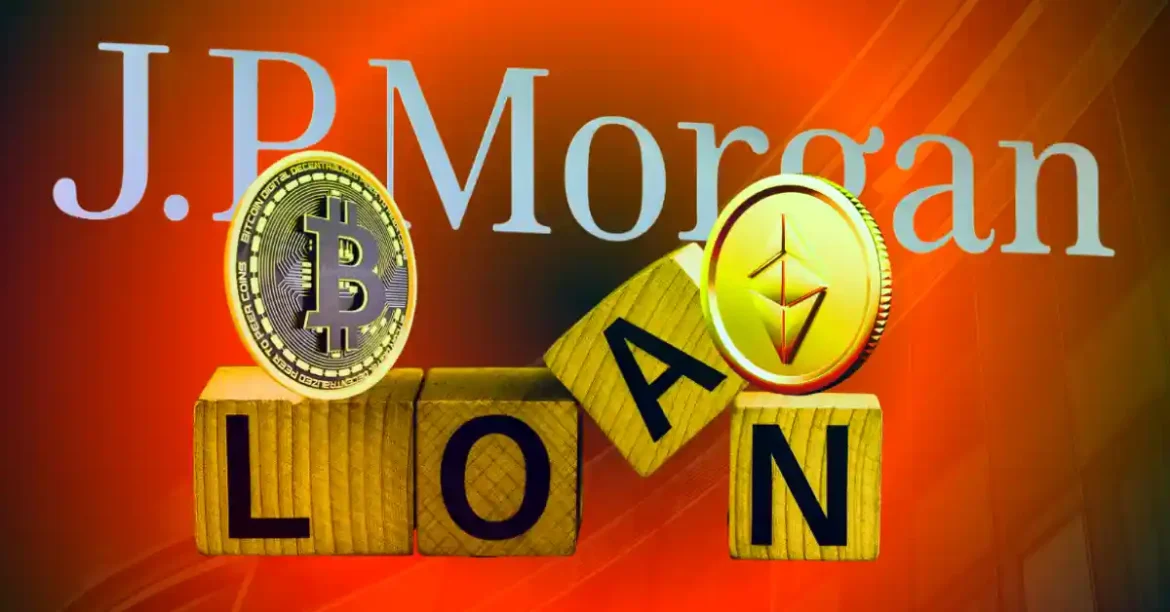The Financial Battlefield: Operation Chokepoint 3.0 and the Future of Crypto and Fintech
The Evolving Financial Landscape
The financial world is in a state of flux, with traditional banking institutions and innovative fintech and crypto companies locked in a high-stakes battle for dominance. At the heart of this conflict lies the alleged “Operation Chokepoint 3.0,” a strategy purportedly orchestrated by major U.S. banks, particularly JPMorgan, to suppress the growth of these emerging sectors. This report delves into the intricacies of this alleged operation, examining its potential mechanisms, implications, and the broader context of the shifting financial ecosystem.
The Origins of Operation Chokepoint
The concept of “Operation Chokepoint” is not new. The original Operation Chokepoint was launched by the U.S. Department of Justice in 2013, targeting high-risk businesses such as firearms dealers and payday lenders by cutting off their access to banking services. Critics argued that the operation was used to target legitimate businesses based on political or ideological grounds, raising concerns about government overreach.
“Operation Chokepoint 2.0” emerged as an extension of this strategy, allegedly targeting the crypto industry. While the extent of government involvement in this phase remains debated, the current allegations of “Operation Chokepoint 3.0” suggest a shift in tactics, with banks taking the lead in creating obstacles for crypto and fintech companies.
The Alleged Tactics of Operation Chokepoint 3.0
The core of “Operation Chokepoint 3.0” reportedly revolves around two primary strategies: excessive fees and restricted access to essential financial services.
Excessive Fees
Banks are allegedly imposing exorbitant fees on crypto and fintech companies for accessing data or moving money. These fees are so high that they could potentially wipe out a company’s entire revenue, making it impossible for them to operate. This tactic is seen as a way to financially strangle these companies, forcing them to either comply with the banks’ demands or shut down.
Restricted Access
Beyond fees, there are claims that banks are actively blocking crypto and fintech apps they deem unfavorable. This can take the form of denying access to banking services, delaying transactions, or imposing strict compliance requirements that are difficult for smaller companies to meet. These restrictions can hinder the ability of crypto and fintech companies to integrate with traditional financial rails, effectively limiting their growth and reach.
JPMorgan’s Role and the Controversy
JPMorgan Chase has been specifically named as a key player in “Operation Chokepoint 3.0.” The allegations suggest that JPMorgan is leveraging its size and influence to impose these restrictive measures on crypto and fintech companies. Critics argue that JPMorgan’s actions are particularly concerning given its increasing involvement in the crypto space, including exploring Bitcoin and Ethereum-backed loans. This raises questions about potential conflicts of interest and whether the bank is using its regulatory power to disadvantage competitors.
Implications for the Crypto and Fintech Industries
If “Operation Chokepoint 3.0” is indeed underway, its implications for the crypto and fintech industries are significant.
Stifled Innovation
By increasing the cost of doing business and restricting access to essential services, banks could stifle innovation and slow down the development of new financial technologies. This could hinder the progress of the crypto and fintech industries, which have been at the forefront of financial innovation.
Reduced Competition
Smaller crypto and fintech companies may struggle to compete with larger, more established players if they face disproportionately high fees and limited access to banking services. This could lead to a concentration of power in the hands of a few dominant firms, reducing competition and potentially leading to higher costs and fewer choices for consumers.
Limited Consumer Choice
Ultimately, consumers could suffer as a result of reduced competition and innovation. They may have fewer choices when it comes to financial products and services, and they may miss out on the benefits of new technologies. This could limit the potential of the crypto and fintech industries to revolutionize the financial landscape.
Impact on Decentralization
By making it harder for crypto companies to operate, “Operation Chokepoint 3.0” could undermine the decentralized nature of the crypto ecosystem. It could force companies to rely more heavily on traditional financial institutions, potentially compromising the principles of autonomy and transparency that underpin the industry.
The Broader Context: Banks vs. Crypto and Fintech
“Operation Chokepoint 3.0” needs to be understood within the context of the broader relationship between traditional banks and the crypto and fintech industries. Banks are facing increasing competition from these innovative sectors, which are offering new and often more efficient ways to manage money, make payments, and access financial services.
While some banks are embracing crypto and fintech, others appear to be resistant to change. They may view these new technologies as a threat to their existing business models and market share. “Operation Chokepoint 3.0” could be seen as a way for these banks to protect their interests by making it more difficult for crypto and fintech companies to compete.
Regulatory Scrutiny and the Future
The allegations surrounding “Operation Chokepoint 3.0” have drawn the attention of regulators and policymakers. There are calls for increased scrutiny of banks’ practices and for measures to ensure fair competition in the financial industry.
It is also important to note the introduction of the Cryptoasset Reporting Framework (CARF) by the Organization for Economic Co-operation and Development (OECD). Some worry that this framework, along with the EU’s anti-money laundering regulations, may signal a new era of increased government oversight into people’s crypto activity, potentially resembling a “Chokepoint 3.0” scenario through regulatory means.
The future of the relationship between banks and the crypto and fintech industries remains uncertain. However, it is clear that regulators will play a crucial role in shaping this relationship and ensuring that innovation is not stifled by anti-competitive practices.
A Crossroads for Finance
The emergence of “Operation Chokepoint 3.0” paints a picture of a financial world at a crossroads. Will traditional institutions embrace the disruptive potential of crypto and fintech, fostering a collaborative ecosystem that benefits consumers? Or will they attempt to stifle innovation, clinging to outdated models and potentially hindering the evolution of finance? The answer likely lies in the balance between regulation, competition, and the willingness of both traditional and emerging players to adapt to a rapidly changing landscape. The stakes are high, not just for the companies involved, but for the future of finance itself.





